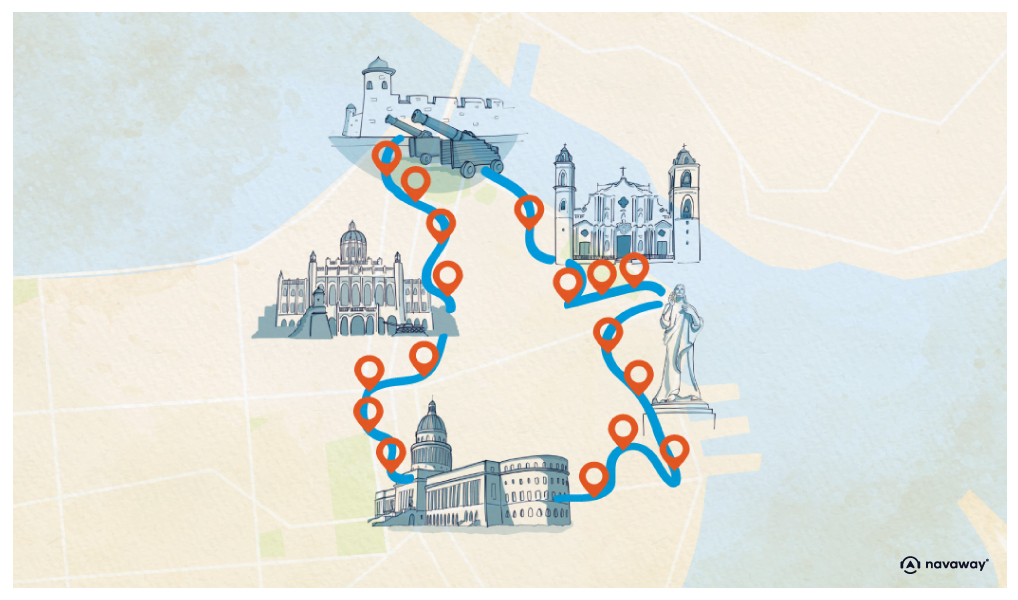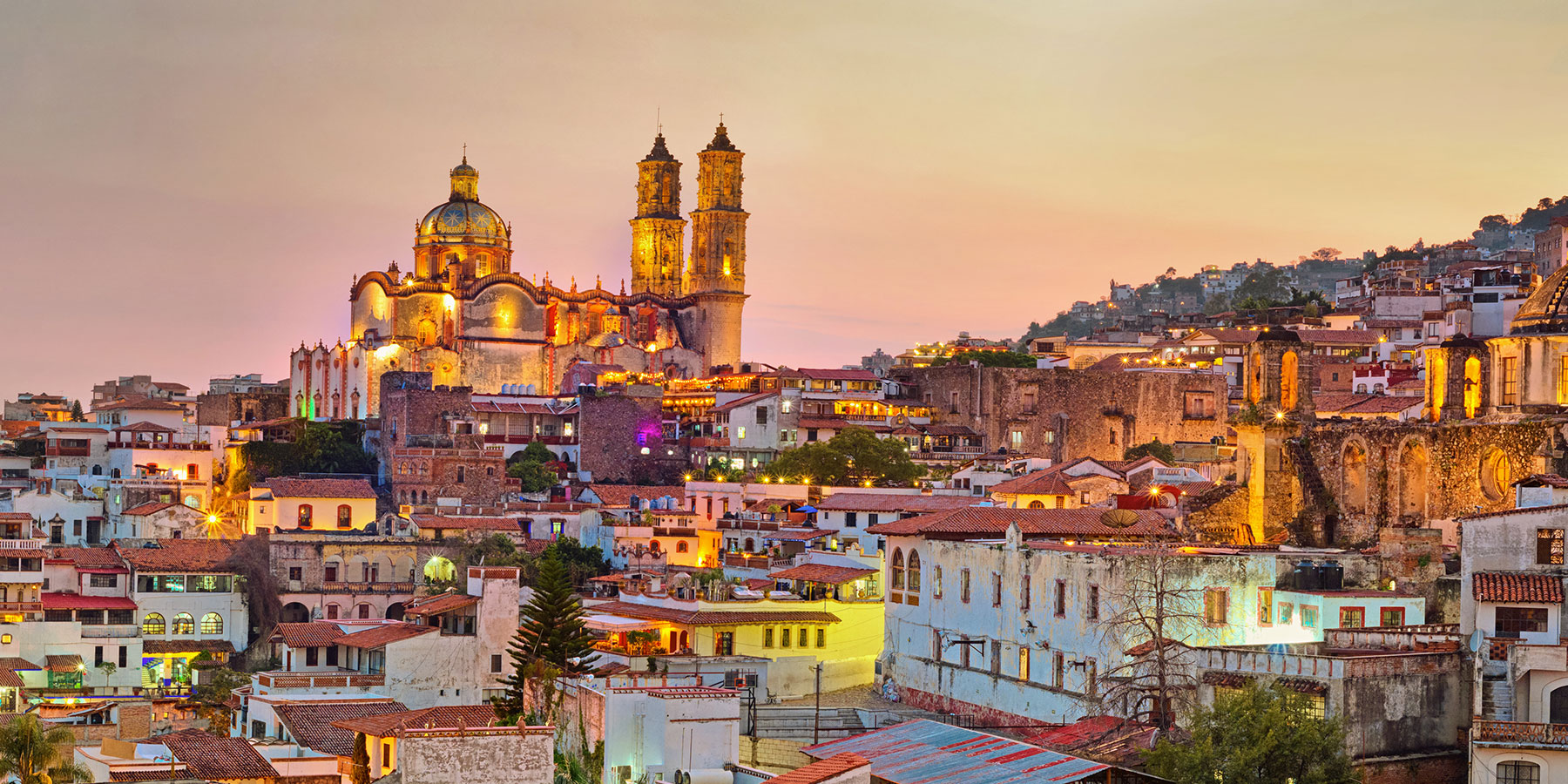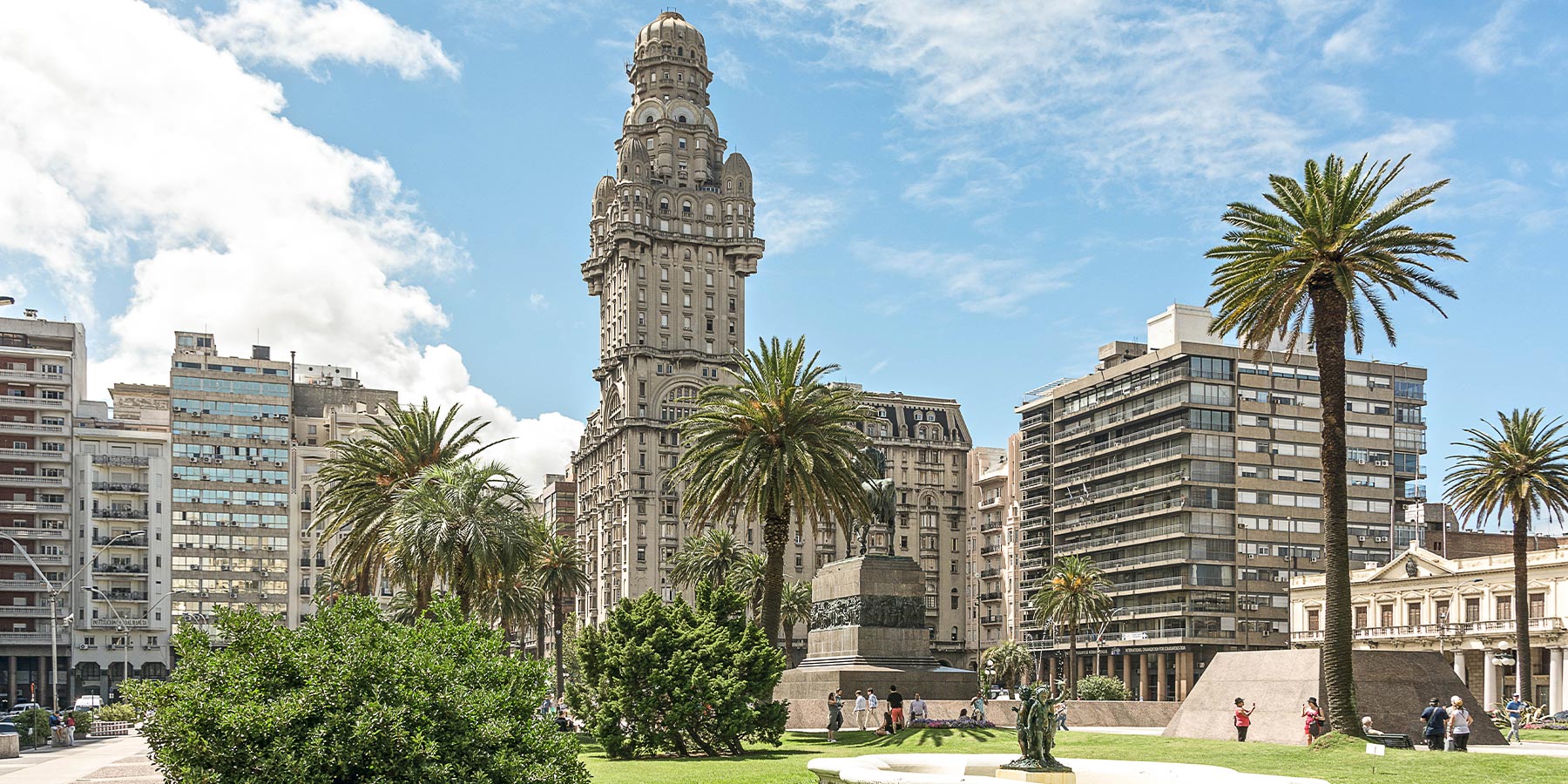
Fragua Martiana

This point of interest is available as audio on the tour: Visit Havana, El Vedado: Havana’s timeless elegance
Before Havana began to flourish and expand in the early 19th century, this area was home to the San Lázaro quarries, where political prisoners were sent for forced labour. Among them was a young man named José Martí: philosopher, thinker, political activist, and the leading figure in Cuba’s fight for independence. Martí’s revolutionary spirit began taking shape during his school years. A gifted student, he founded his first anti-colonial newspaper, La Patria Libre, at just 15 years old in 1858. Despite his talent as a writer and poet, Martí’s words soon brought him trouble. Accused of treason for mocking “volunteers” preparing to join the Spanish army, he was arrested and sentenced to six years of hard labour, followed by forced exile. The Fragua Martiana Museum, established in 1952, commemorates this painful chapter in Cuban history. The site was later designated a national monument in 1996. Inside, you’ll find a powerful collection of personal artifacts: Martí’s desk, one of his revolvers, a fragment of his coffin, part of the jacket he wore when he died in battle, his marriage certificate, and more. Perhaps the most moving feature is the life-sized statue by sculptor José Villa Soberón, portraying the young Martí in prisoner uniform number 113, shackled at the ankles. The statue is based on the only photo he sent to his mother during that dark time, which he described with these devastating words: “Infinite sorrow should be the only title on these pages. Infinite sorrow, because prison pain is the harshest, the most soul-crushing pain—the kind that kills the mind, withers the soul, and leaves only ruins behind.”

Discover other tours to visit Havana

Discover Havana with app
An interactive guide through the most beautiful streets, squares, and districts
19 fun audioguides full of historical facts, anecdotes, and legends






Comments